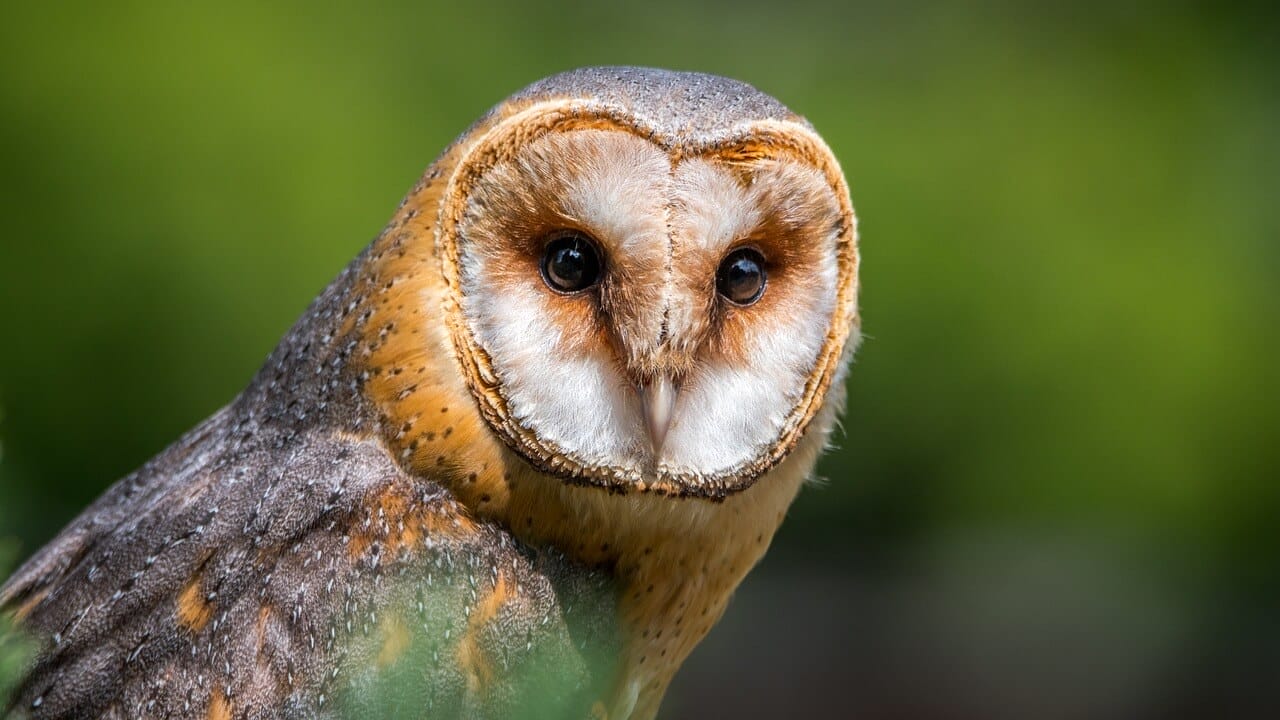When do Orioles come back to Michigan? If you are a birdwatching enthusiast, you may be wondering when these beautiful songbirds make their yearly return.
Spring is a magical time of year, especially in Michigan. As the snow melts away, the state comes alive with birds chirping, flowers blooming, and these brightly colored birds return which brings a welcomed change to Michigan’s rather dull landscapes!
In this article, we’ll dive into everything you need to know about the timing of Orioles’ arrival in Michigan. We will discuss their migration patterns, nesting behavior, the ideal time to spot them, and how to attract them to your yard.
What are the different types of Orioles in Michigan?
There are six different types of Orioles, all of which are found in the eastern United States. The Baltimore Oriole is the state bird of Maryland.
The other five types are the Orchard Oriole, the Hooded Oriole, the Altamira Oriole, the Bullock’s oriole, and the Scott’s orioles.
The two main bird species of Orioles in Michigan are the Baltimore Oriole and the Bullock’s Oriole.
The Baltimore Oriole (Icterus galbula)
This is a truly stunning bird, especially the male oriole, which has a striking combination of orange and black with white wing bars.
These beautiful birds spend most of their time in deciduous trees, open woodlands, and riverbanks, and their sweet songs can often be heard before they are seen.
The males have a beautiful flutelike whistling noise that they use to defend their breeding territory, while the females use a shorter song to communicate.
Overall, the Baltimore Oriole is a magnificent bird that loves fruit and nectar and can be easily attracted to bird feeders.

These orioles are attracted to and are known to love eating ripe fruit and nectar, which provides them with the energy they need, while insects give them the nutrition they require, and are the most commonly seen oriole in Michigan.
Baltimore Orioles spend their winter season in warm climates, including Central America, and northern South America, and some of them may even opt to remain in Florida.
Related Article: Finches in Ohio
Orchard Oriole (Icterus spurius)
During the summer months, Orchard Orioles can be commonly found in Michigan, although they tend to be shy birds that like to spend most of their time at the tops of trees.
These birds prefer to live in specific habitats such as the edges of rivers, swamps, lakeshores, open woodlands, farms, and scrublands. In the winter months, Orchard Orioles migrate south to Mexico via South America.

Compared to other oriole species, they are harder to attract to bird feeders but are more commonly seen searching for insects in shrubby vegetation or eating mulberries from a tree.
Oriole Nesting Habits?
Orioles are nesting species and typically nest in tall deciduous trees such as willow, elm, oak, poplar, cottonwood, or similar trees, suspended from a branch 6 to 90 feet above the ground.
The nests are tightly woven hanging nests made from plant fibers, strips of bark, grasses, vines, and strings.
When do Orioles come back to Michigan? Orioles Spring Migration
In the early spring, usually in late March and April, Orioles begin their migration north from their wintering grounds in Central America, northern South America, and Florida.
It is the peak time for migration for Bullock’s and Baltimore Orioles and usually continues through mid-May.
Orioles comes back to Michigan in the early spring, usually in late March and April.

The adults and young birds move up the coast, with adults heading to the mountains and plains to breed while the young disperse and look for new territories. Once they reach the northern states in May, they settle and begin nesting.
In August, the migration begins to peak, as Orioles begin to molt their body and flight feathers. By mid-September, most will have reached their destination in the northern states.
When do Orioles leave Michigan: Oriole Migration south to spend the winter
Orioles start to leave in mid-September to early October. The Baltimore oriole migrates to the southern United States and Mexico in late September or early October.
The birds begin to return north in March, with most Orioles back in their breeding areas by early May.
Orioles start to leave Michigan in mid-September to early October.
During fall migration orioles spend the winter south, and they begin to leave for their wintering grounds in either Florida, the Caribbean, Central America, or the northern tip of South America.
By late September, most orioles would have left the northern states and begun their journey south.

Orioles head through Panama in February and most would have arrived at their wintering grounds in the tropics by the end of October.
Bullock’s orioles spend winter in Mexico and reach there by November and remain there through December, with the exception of those that live in Southern California year-round.
Orioles Breeding season
Orioles breed in the spring and summer, Baltimore Orioles arrive at their breeding grounds in eastern and central North America from early April to late May.
During this time, the females are busy nurturing their eggs and raising the young, and the adults are beginning to molt their feathers.
The eggs usually hatch in June and the young become independent at the beginning of July.

By placing feeders out early, you may be able to attract these birds to your area and turn passing-through birds into seasonal residents.
In July, the adults are still caring for their young, and a few may already start migrating south to their wintering grounds in Florida, the Caribbean, Central America, and the northern tip of South America.
Hummingbirds are also known to start arriving in the Great Lakes region in early May. If you follow the tips to attract Orioles to your yard, you can enjoy their presence well into the late summer.
Orioles Nesting Habits

The Baltimore Orioles typically arrive in the Great Lakes region in early March and often start to leave as early as July. They build their nests in open settings bordered by mature trees, at a height of 6-45 feet off the ground.
The female builds the nest and incubates and broods the eggs, while the male provides food for the young.
The female lays 4-5 eggs anytime between April and June, and the young will fledge as late as 30 days from egg laying.
They feed on nectar, caterpillars, fruits, insects, and spiders. With a little persistence, you can attract Orioles to your yard within a few weeks and enjoy them for the entire summer season.
Why do Orioles Migrate?
Predators
Migration is an important part of the Baltimore Orioles’ life cycle as they travel from Central America to Michigan during the springtime.
Migration is not just for finding food, but also for avoiding predators. Orioles use the safer, higher altitudes to avoid becoming an easy target.
Migration is not just for finding food, but also for avoiding predators
Breeding
Orioles migrate to areas where they can breed and raise their young birds. In North America, they breed in the summer in the northern parts of the continent and migrate to Central and South America in the winter.
Human activity
The Baltimore Orioles migrate due to human activities such as deforestation and urbanization. During the spring, these birds arrive in eastern and central North America to breed.
During the fall they head south to warmer climates in Florida, the Caribbean, Central America, and the northern tip of South America.
Habitat changes
Orioles migrate due to changes in habitat. In the spring they travel to Canada, the northern parts of the United States, and the eastern and central parts of North America to breed.
These areas provide plenty of food sources, water, shelter, and places to raise young birds.

Migration for the oriole occurs from April to late May and peaks in August and September.
Males sing from exposed perches to warn other males of proclaimed territory and both the male and female land on the tallest point of a tree before slipping into the dense canopy to begin foraging for insects.
In the late summer and toward fall migration, they start their journey south, traveling to areas with warm climates such as Florida, the Caribbean, Central America, and the northern tip of South America.
These areas provide plenty of food sources and suitable habitat for the birds to survive the winter.
Related Article: Why Carolina Wrens Sleep in Corners
Food availability
Orioles are insectivores and feed on a variety of insects, including caterpillars, beetles, and grasshoppers. During the winter, these insects are scarce in their breeding grounds, so the orioles migrate to regions where they can find abundant food.
Climate
Orioles migrate to escape harsh winter weather conditions, such as low temperatures, frozen environments, and snowstorms, which are difficult for them to survive. This is why most North American oriole species migrate, as they live in areas where climate changes with the seasons
What type of bird feeders should I use to attract Orioles?
When it comes to attracting Orioles to your yard, it is important to know what type of feeders to use. Orioles can be drawn to specialty feeders designed for their diet of insects, fruits, and flower nectar.
Orioles are also attracted to bright and flashy colors, so you can add an orange to make use of this fact. Additionally, you can tie orange ribbons, strips of cloth, or surveyor tape around trees and bushes to attract their attention.

It is also important to locate your feeder in an open area where it can be seen from the air and treetops.
Make sure your feeder has large enough perches and drinking ports, as Orioles need large perches and drinking ports for their large tongue and specific feeders will account for this.
Monitor the feeders regularly and be prepared for the orioles to disappear after the nesting season is over. Orioles typically migrate southward in mid to late July, so remove the feeders in early August.
Although it’s not unusual for orioles to try and use hummingbird feeders, their beaks are too big and they don’t have the ability to hover around them, often knocking them down.

When is the best time to put up a feeder to attract Orioles?
The best time to put up a feeder to attract the most birds is in late March or early April. This is because they are migrating to the southern states during this period and will be looking for a reliable food source.
They typically arrive in the southern states as early as April and will continue migrating toward northern Michigan until May, when they return each year.
By putting out feeders at least a week or two before they first arrive, you have the best chance of attracting them.
Make sure the feeder is placed in an open area where it can be seen from the air and treetops for maximum visibility, and keep them out late into the fall, as birds will be migrating south again.
Tips for attracting Orioles to your yard?
1. Use an Orioles-specific feeder
Using Oriole feeders can help attract them to your backyard by providing a reliable food source. They need large perches and drinking ports due to their large tongue, and these oriole feeders typically come in bright yellow and orange hues which attract the birds.
These elusive birds prefer high canopies and bright colors may tempt them to investigate your yard feeding station.
So by placing the feeders in an open area where they can be seen from the air and treetops, and putting them out early in late March or early April.
They will be more likely to spot it and come to the backyard. Make sure to keep the feeders clean, and fresh, and offer alternative treats such as grape jelly and sugar water, Orioles will be drawn to the backyard.
2. Start feeding Orioles early in the season on the Great Lakes
How can you start feeding Orioles early in the season on the Great Lakes? [Step-by-step instructions]
- Offer appealing food: Orioles are known to enjoy grape jelly, mealworms, oranges, and nectar feeders. Boil one cup of water; add ¼ cup of sugar; cool and fill the feeder. Keep the foods fresh, replacing them every few days.
- Make your yard a reliable food source: Orioles have a great memory and they will remember your yard as a reliable food source if they find food there. Make sure to keep the feeders full and tidy.
- Place a bird bath: Place a birdbath in your yard and make sure to keep it clean and fresh. Orioles will be attracted to the water and will make a stop in your yard to not only quench their thirst but also search for food.

3. Moving water
Orioles are especially attracted to shallow moving water, so select a wide, shallow basin and add a bubbler or small pump to the basin to create a current of moving water, and to draw the Orioles’ attention, make sure to pick a bright color, this also attracts house finches to your yard!
Birds need water, so make sure the water is kept clean and clear of debris, strategically place the basin near a feeder to entice the birds by refilling the basin with clean water each week.
4. Switch to Mealworms in summer
To get Orioles to your backyard in the summer, offer mealworms. Start offering mealworms as soon as you spot one of the small, grey sack-like nests in your yard. Mealworms are a great high-protein food that the birds need during their breeding season to build up and raise their young.
Place the mealworms in a separate cup or tray from the jelly and fruit. Sprinkle the mealworms on top of the jelly cups to provide the birds with additional nutrition and energy.
When the birds return in spring, make sure to have jelly, fruit, and nectar available for them. With the right food available, you will have a successful oriole viewing experience in your backyard.
5. Food for Orioles: A Simple Oriole Clear Nectar Recipe
Here is a great [Step-by-Step Instructions] backyard bird feeding and an easy-to-do Oriole Clear Nectar Recipe.
- Get the supplies: Gather one cup of granulated sugar, four cups of boiling water, and a container to store the unused portion in the refrigerator.
- Mix the sugar and water: Pour the sugar into the boiling water and stir until the sugar has dissolved completely.
- Let the mixture cool: Let the mixture cool to room temperature before using.
- Thin the mixture, if desired: Some experts recommend thinning the ratio up to eight parts water to one part sugar.
- Feed and enjoy: Orioles love to drink sugar water or nectar for an instant energy boost. Offer nectar in an open dish or container and enjoy watching the Orioles compete for feeding rights.
- Store: Be sure to refrigerate the unused portion of the nectar mixture. It should last up to a week when stored correctly.

Bees, bugs, ants, and other insects are especially attracted to the sweet nectar and fruit halves you may be providing for your feather friends.
6. Keep your Oriole Feeder Clean
Clean your feeder with every fill-up and use a mild detergent or dish soap with warm water to remove any dirt, debris, or grime, rinse with clean water.
Check for black gunk forming around the feeder and clean it off, mold can be dangerous for birds, so be sure to remove any mold build-up.
Place them away from busy areas like pets and children remember Orioles are shy birds and will be more comfortable in a quiet setting, and finally remember to put them out a few weeks before the anticipated spring migration.
This will give the birds time to locate the feeders and start using them.
7. Keep Your Feeders Away From Activity
Place your feeders in an open area where they can be seen from the air and treetops. Try to locate your feeder in an area that is away from human activity and other feeding areas so the birds feel more secure and feed in peace.
Ensure that your feeders are hung on a high branch or on top of a pole. Orioles are treetop birds, so keep this in mind when hanging feeders.
Bonus tip: Plant the right flowers
Attracting Orioles to your backyard is relatively easy and can be done with the right flowers and plants. To attract the most Orioles, try planting native plants and flowers that produce nectar, such as daisies, bee balm, honeysuckle, cardinal flower, and Mandevilla.
These flowers will provide a nectar source and offer a variety of insects beneficial to the birds.

To add an extra boost of color, add accent pieces such as an orange pot, garden flag, painted bench, or trellis. Additionally, plant fruit and berry-producing bushes like mulberries, serviceberries, brambles, cherries, figs, blueberries, blackberries, and elderberries for the orioles to enjoy. Finally, provide a shallow, moving water source like a bubbler or pump to further attract the Orioles. With these tips in mind, you can enjoy a beautiful and vibrant backyard with plenty of feathered visitors!
Frequently Asked Questions
What do Orioles eat?
Orioles are known to enjoy grape jelly, mealworms, nectar, oranges, sugar-water mixtures, insects, fruits, and flower nectar in the treetops.
During the spring and fall migrations, jelly and fruit give them an energy boost, while during the summer months, their diet consists of mostly insects for additional protein needed for breeding and raising their young.
To attract them, you can set out orange halves, grape jelly, sugar-water mixture, or dried mealworms in specialty feeders.
Suet can be offered in small chunks, but keep in mind it may not work in hotter climates.
They particularly enjoy oak trees, as they offer more diversity of caterpillars than any other tree in Southeast Michigan.
To provide more nutritional value, sprinkle mealworms on top of jelly cups once nestling season begins.
What types of insects do Orioles typically eat?
Baltimore Orioles typically eat caterpillars, fruits, insects, spiders, and other small invertebrates.
Caterpillars are the primary food source for Orioles, as they emerge to eat unfurling new growth on trees.
They will also eat spiny or hairy caterpillars, including such pest species as fall webworms, tent caterpillars, and gypsy moths. Fruits, insects, and flower nectar are also part of their diet.
What type of jelly should I use to attract Orioles?
When trying to attract Orioles to your yard, many sources recommend using grape jelly as an alternative to nectar.
To get the most out of your efforts, it is best to opt for a ripe, dark-colored jelly, as this is what the birds prefer.
To make the jelly last longer, you can combine one part jelly with one part water in a blender until it has the consistency of thick juice.
Another option is to provide a sugar-water mixture, which is also known to attract Orioles.
When do Orioles nest and how do I know if Orioles are nesting in my backyard?
Orioles typically nest in April or May. If you think they might be nesting in your backyard, look for a hanging basket made of grass and leaves suspended from a tree branch.
Orioles also build their nests in bushes and trees and look for their preferred habitat which is open woodlands of deciduous trees near parks, gardens, and suburban settings.
Check for their unique and remarkable nests which are usually hanging from a branch 6 to 90 feet above the ground and made from plant fibers, strips of bark, grasses, vines, and strings.
You can also look for signs of activity from the birds such as preening, eating, and retrieving nesting materials.
Another tip is to look for the eggs which are pale blue with dark marks and listen to the loud, melodic songs of the males
When to stop feeding orioles grape jelly?

You should stop feeding orioles grape jelly once the weather starts to warm up, particularly in late spring and summer.
During that time, it is suggested that individual birds visit jelly feeders no more than a few times a day, and if adults bring their young to feed on jelly more than once or twice a day, the feeders should be removed.
What type of nesting material should I provide for Orioles?

One of the best ways to attract orioles to your backyard is to provide them with the appropriate nesting material.
Orioles typically build their unique and remarkable nests with materials such as plant fibers, strips of bark, grasses, vines, and strings.
To make sure they have the best materials to work with, offer them slender fibers such as pet fur, hair, or 3-4 inch lengths of yarn.
They prefer to use these materials, and they will often re-use the nesting material each year, so it is beneficial to leave old nests up for them.
What other birds might I see in my backyard during Oriole season?

Some other birds you might see in your backyard during Orioles season include robins, indigo buntings, and hummingbirds.
When Orioles are present, other birds one might see in their backyard include robins, indigo buntings, and hummingbirds.
Robins are medium-sized songbirds with reddish-brown backs and lighter undersides, a black head, and a yellow beak.
Indigo buntings are small and plump with a distinctive blue coloring, black wings, and a sharply pointed beak.
Hummingbirds are tiny and brightly colored with a long, curved beaks, and they can be seen hovering in mid-air while they feed on nectar.
Predators of Orioles such as Screech Owls, Common Grackles, Crows, Blue Jays, Red Squirrels, Gray Squirrels, and Fox Squirrels might be also present.
When should I put out my Oriole feeder in Michigan?
Put out feeders early: Place feeders out at least a week or two before the expected migration.
This will give orioles the opportunity to spot the feeders as soon as they arrive and hopefully stay as seasonal residents.
So if you start asking yourself as to when when to put out oriole feeder in Michigan, the answer is start putting feeders out in late March or early April to attract the first arrivals.
Conclusion
Whether you are a seasoned bird-watcher or just getting started, these tips will help you make the most of your experiences and develop a deeper appreciation for these fascinating creatures.
So why wait? Start planning your next bird-watching trip to Michigan today and see for yourself why Orioles are such an important part of our ecosystem and why so many people are drawn to these beautiful birds each year.



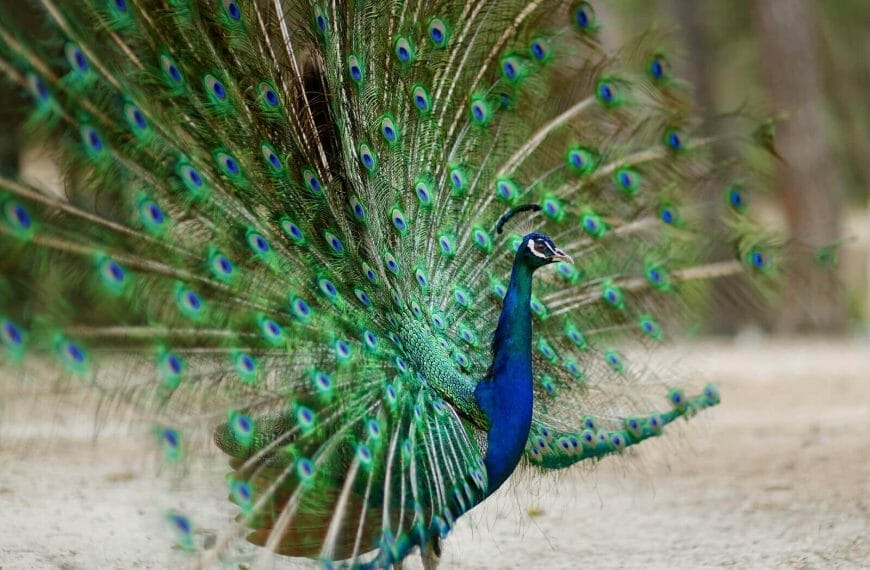


![How to Identify Turkey Feathers [Ultimate Guide]](https://ekz2dfuukk8.exactdn.com/storage/2023/03/HOW_TO_IDENTIFY_TURKEY_FEATHERS-793x570.jpg?strip=all&lossy=1&ssl=1)

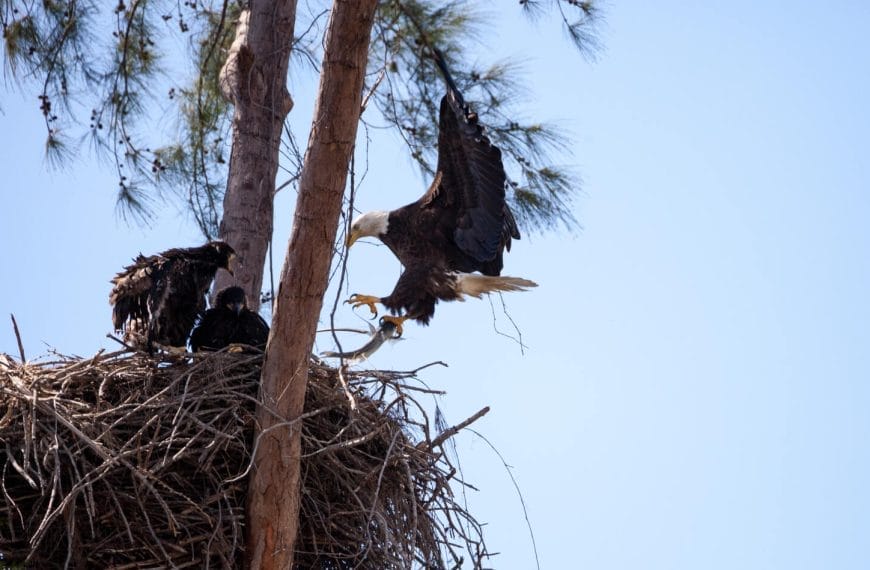



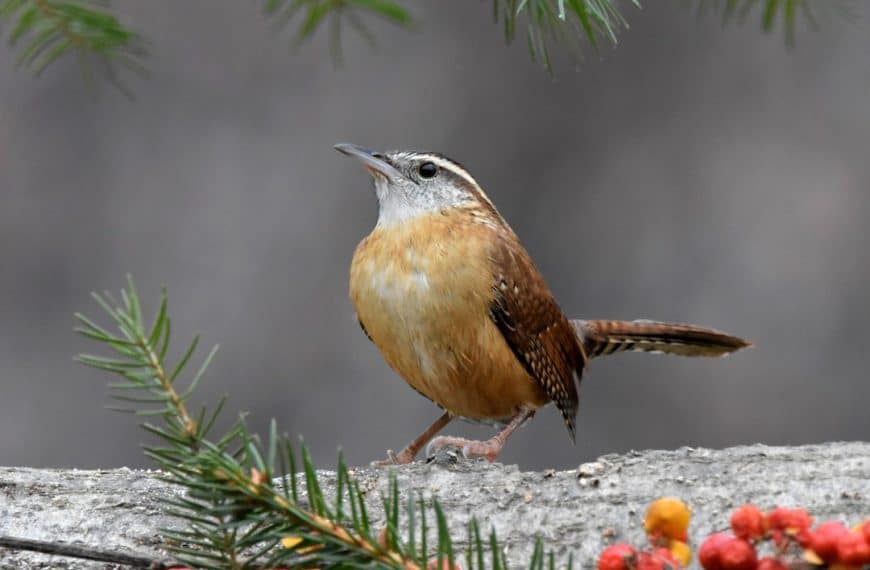
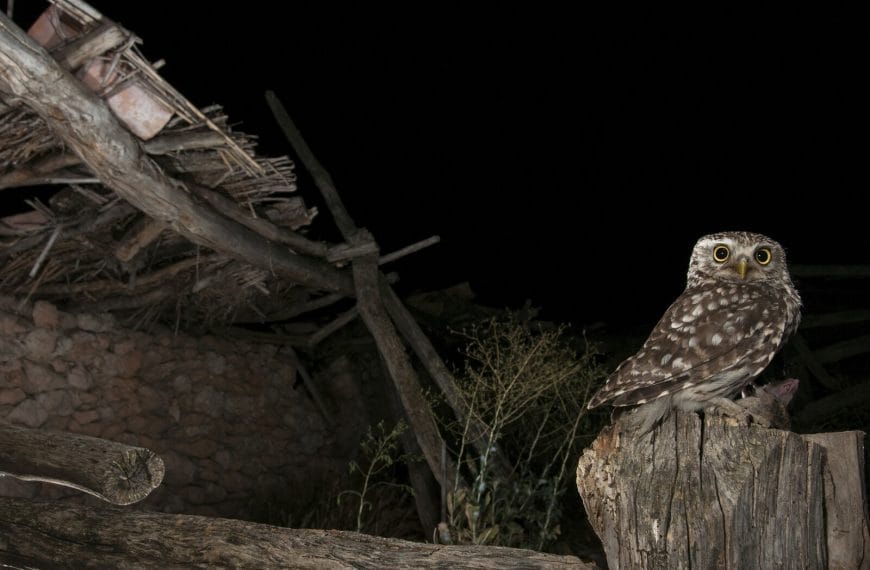

![How to Attract Ravens to Your Yard: The [Complete] Guide to Attracting these Beautiful Birds to your Backyard](https://ekz2dfuukk8.exactdn.com/storage/2023/10/How-to-Attract-Ravens-to-Your-Yard-870x570.jpg?strip=all&lossy=1&ssl=1)


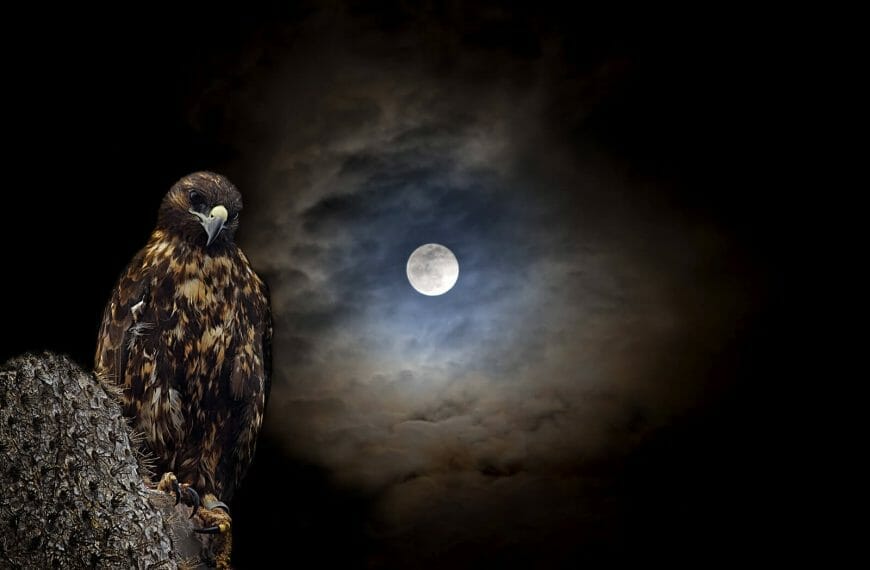

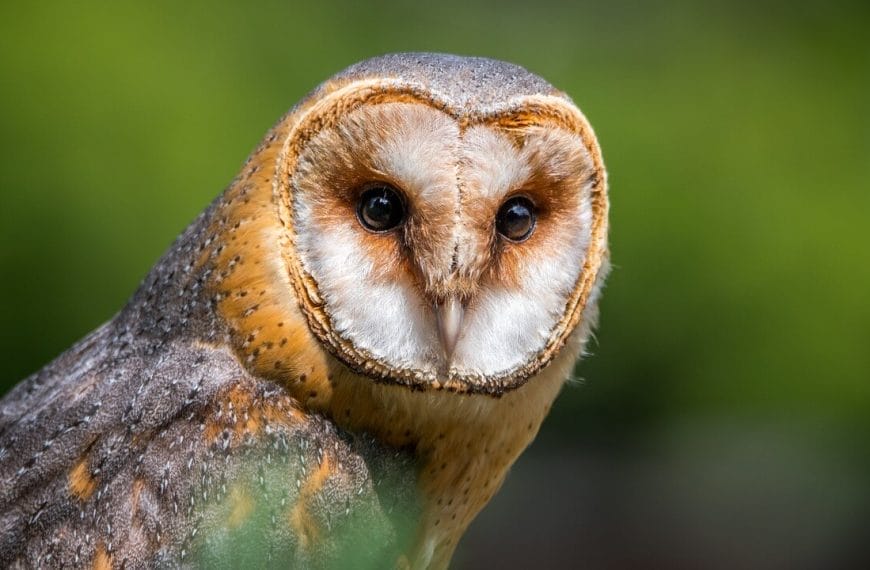
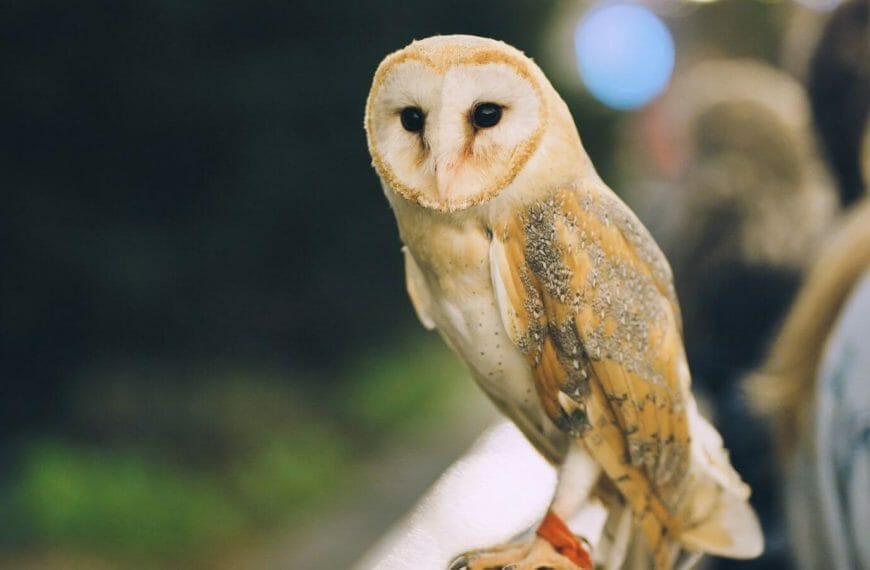


![How to Keep Birds Off Your Boat: Ways and [Best] Deterrents to Keep Birds Away From Your Boat](https://ekz2dfuukk8.exactdn.com/storage/2023/05/how-to-keep-birds-of-your-boat-870x570.jpg?strip=all&lossy=1&ssl=1)








